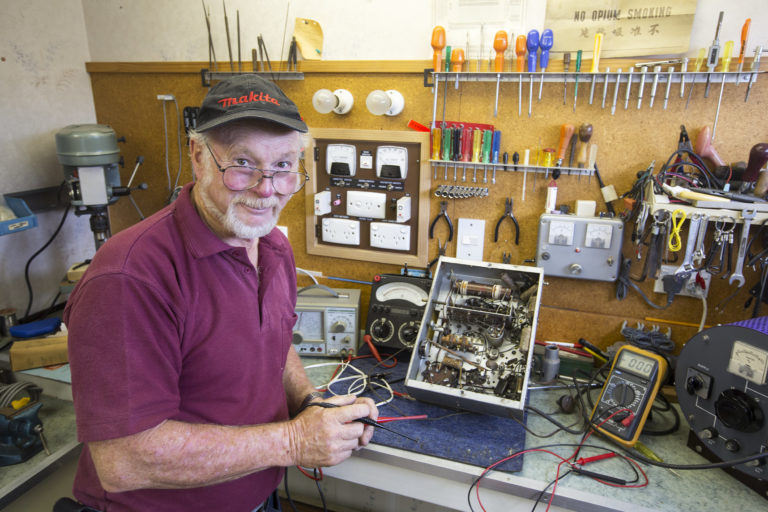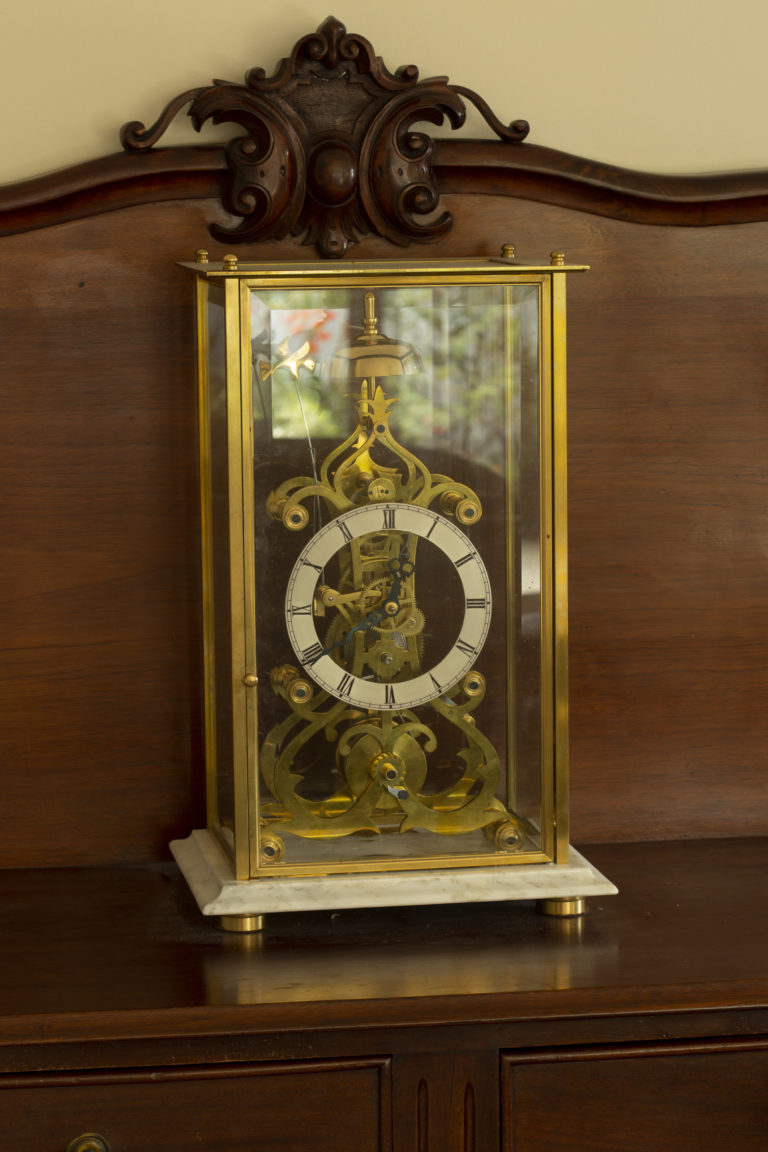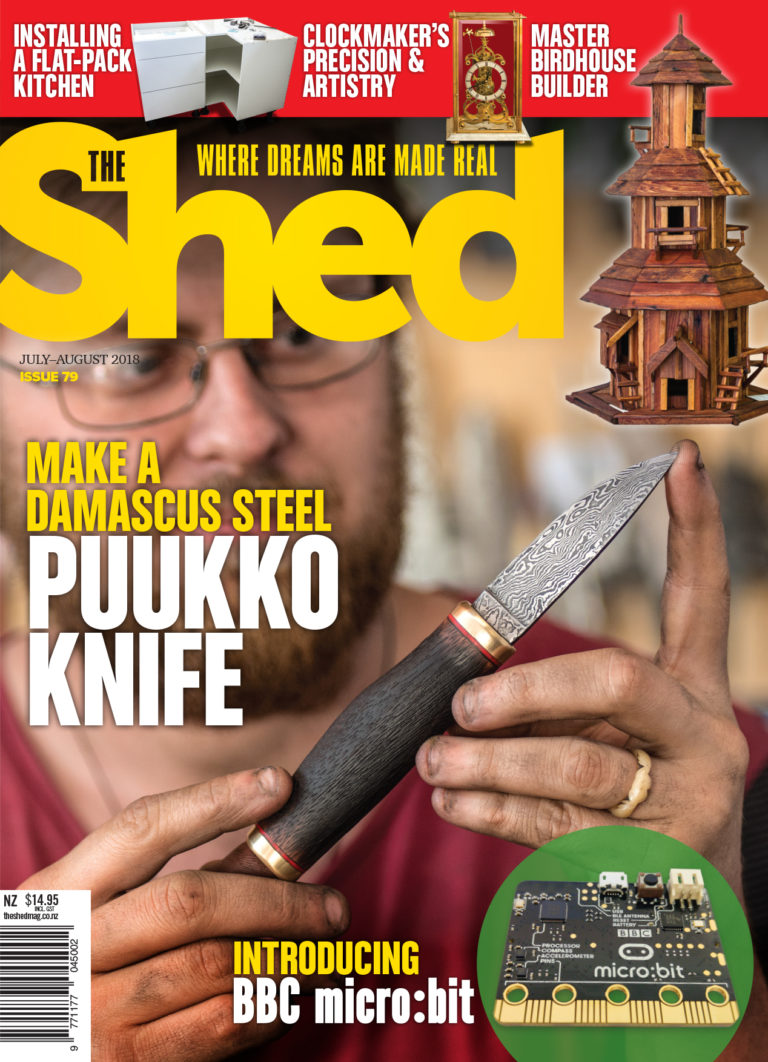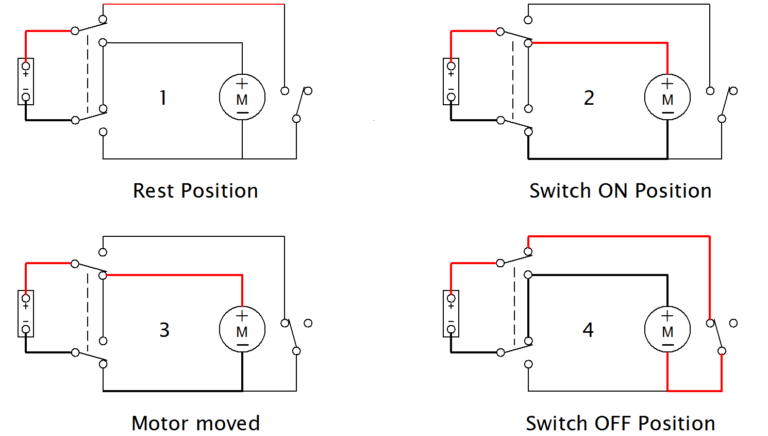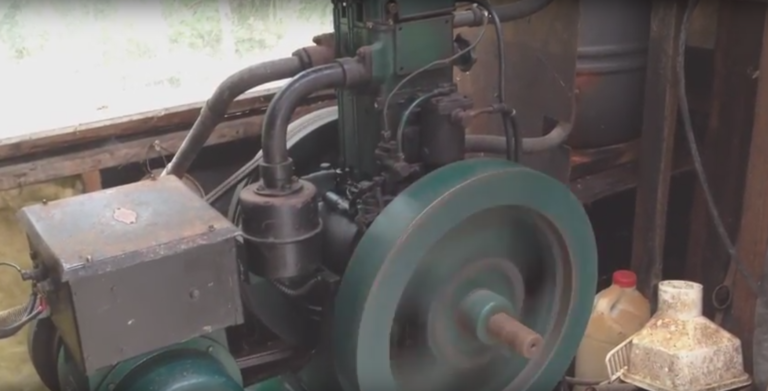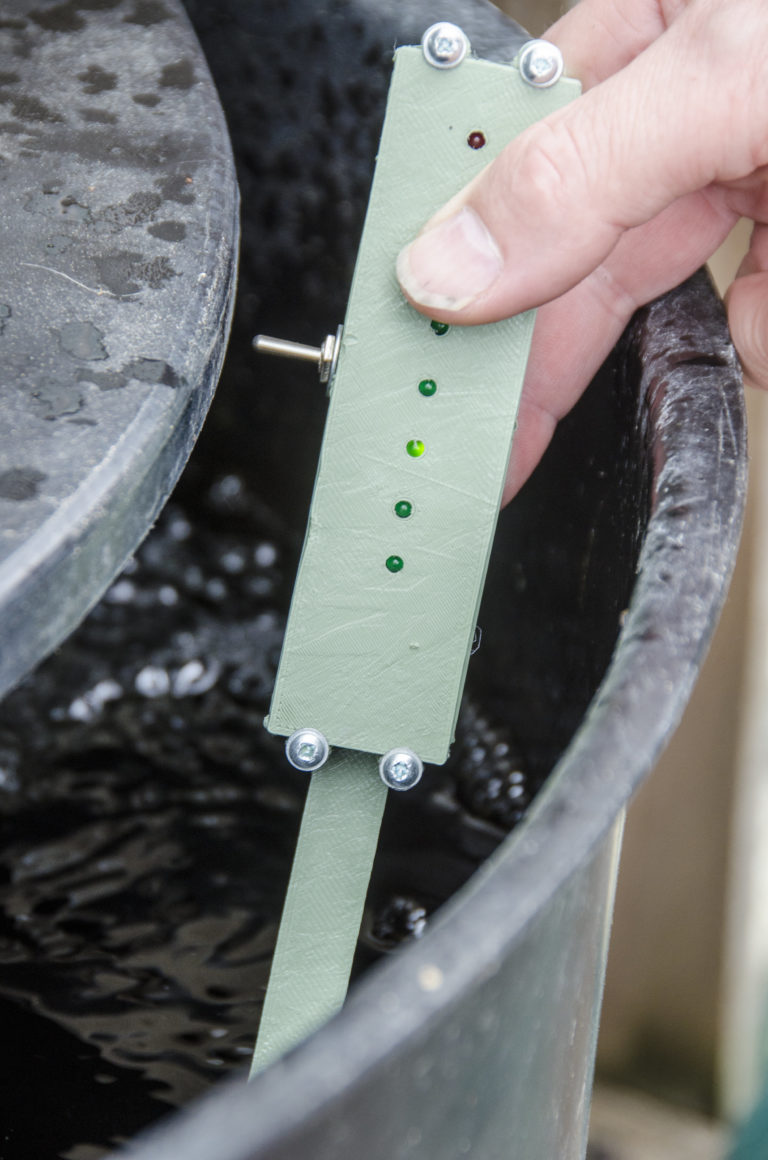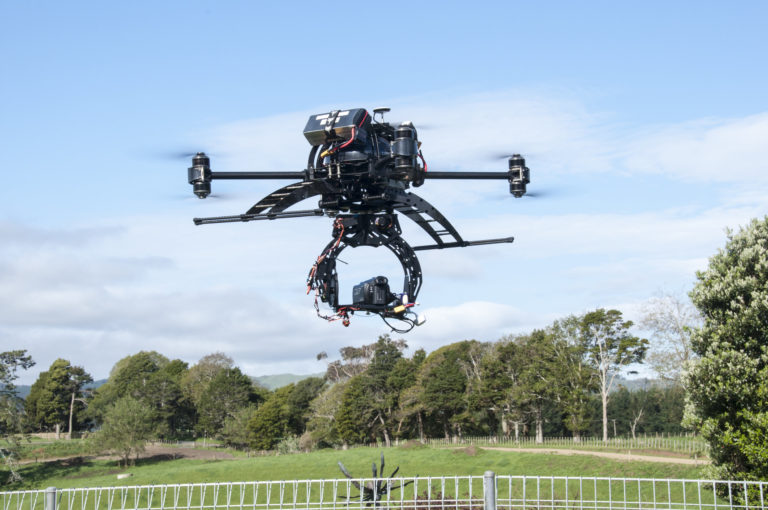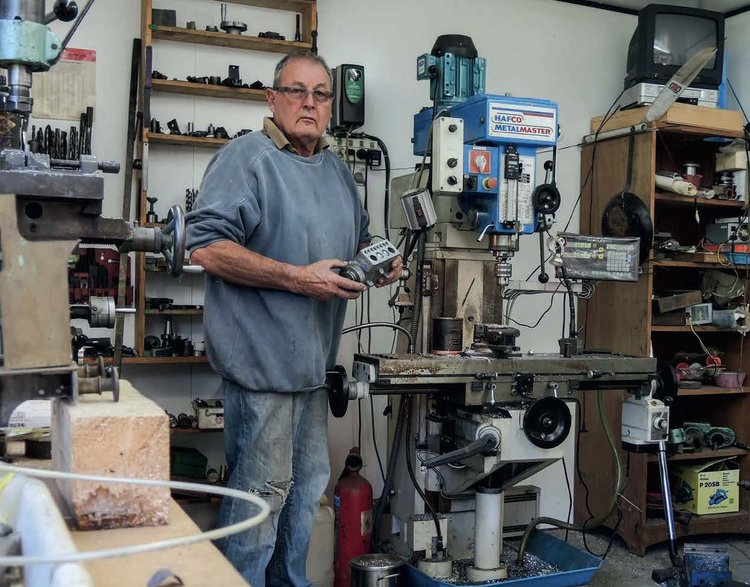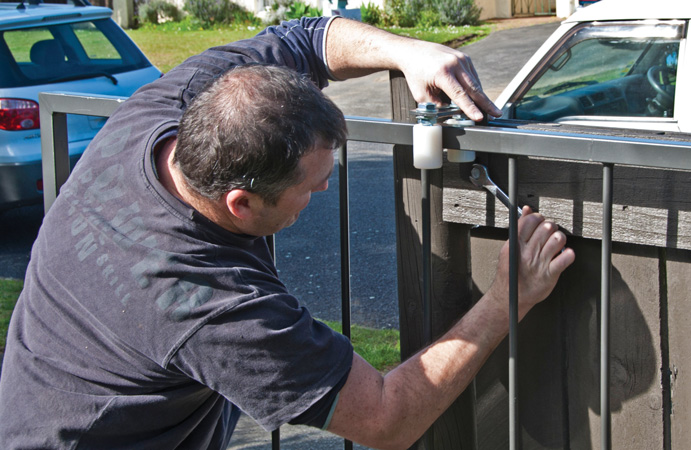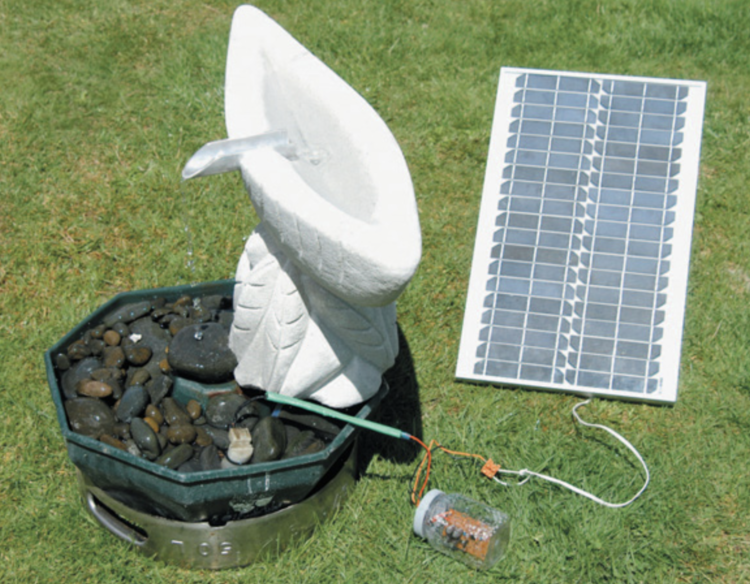
Let the sun run your pump
I suppose all waterfalls are solar- powered – the sunshine evaporates the water which turns into clouds, becoming rain which pours down into waterfalls. So the publisher’s challenge to make a small solar- powered pump for Greg’s sculpture seemed not too difficult.

